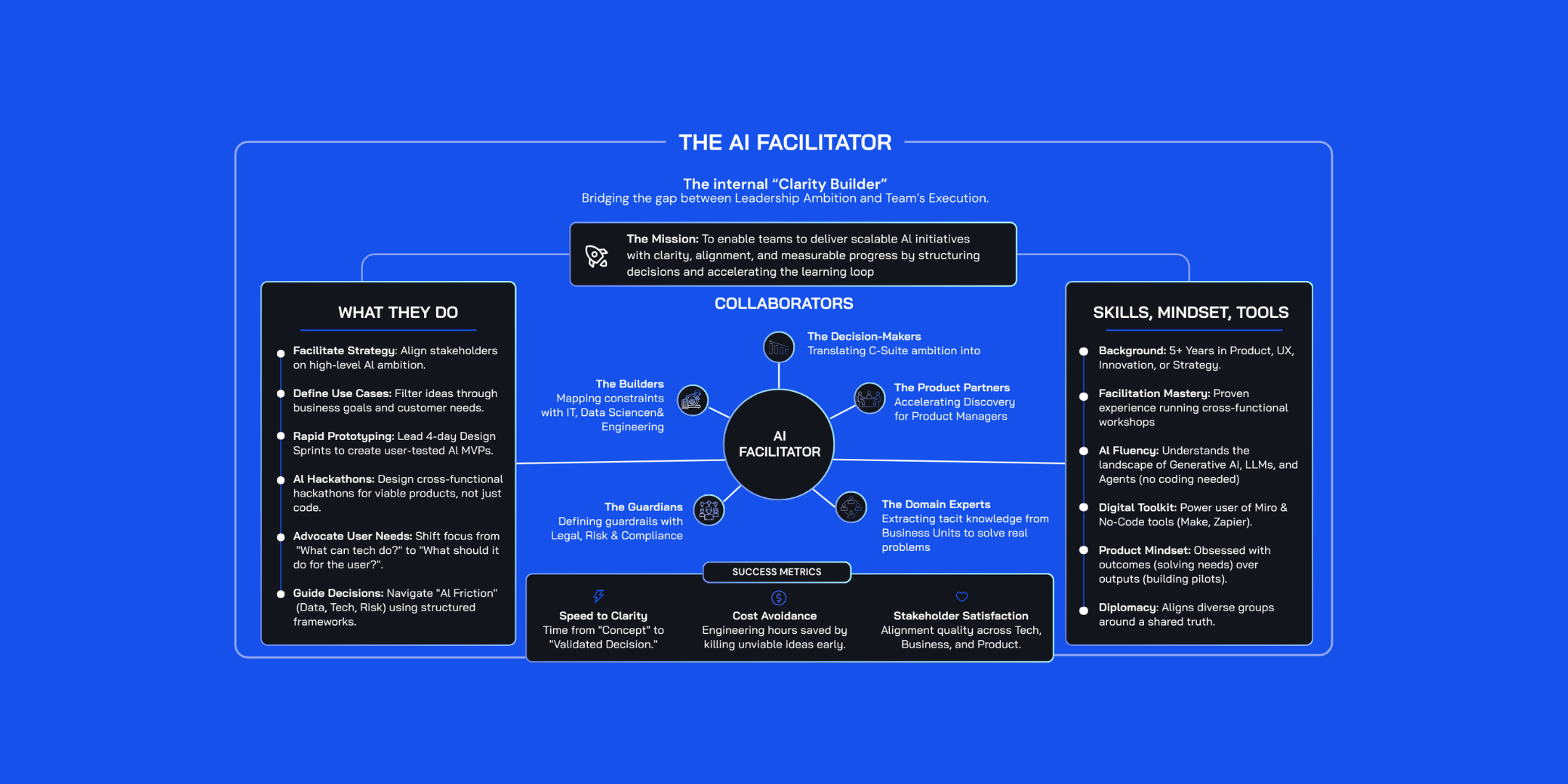How Google embraced Problem Framing to prioritize Design Sprint challenges

Initially conceived for startups, Design Sprints faced unique challenges when applied within a global tech giant like Google. The main issue?
Unclear problem definitions and lack of stakeholder alignment.
Learn how we brought Problem Framing to the forefront of Google's creative process.
In the early 2010s, Google was already a breeding ground for innovative ideas, with various teams experimenting with design thinking and other methodologies to overcome operational challenges. This era saw the birth and spread of Design Sprints within Google, a methodology that fundamentally changed how projects were initiated and executed.
Despite the success of Design Sprints, Google's teams faced ongoing challenges: defining clear problems, assessing the business value of challenges, and gaining stakeholder buy-in. The need for a more nuanced approach was clear.
In May 2018, Design Sprint Academy stepped in to address these challenges. We introduced Problem Framing to over 60 product managers, strategists, and designers from Google Design during an intensive 1-day training session in San Francisco. The training also welcomed special guests from renowned companies like Adobe, PayPal, Boeing, Salesforce, and Nike, making it a landmark event in collaborative learning and innovation.
Watch this video to learn more about their experience.
Our Problem Framing method offered a structured approach to understanding customer needs, crafting well-defined problem statements, streamlining decision-making processes, and reducing time spent in unproductive meetings.
Today, the influence of Design Sprints and Problem Framing extends beyond Google. It has become a model for innovation and practical problem-solving, adopted by companies worldwide.


.jpeg)
.jpeg)


.jpeg)
.jpeg)
.jpeg)
.jpeg)
.jpeg)
.jpeg)



.jpg)





